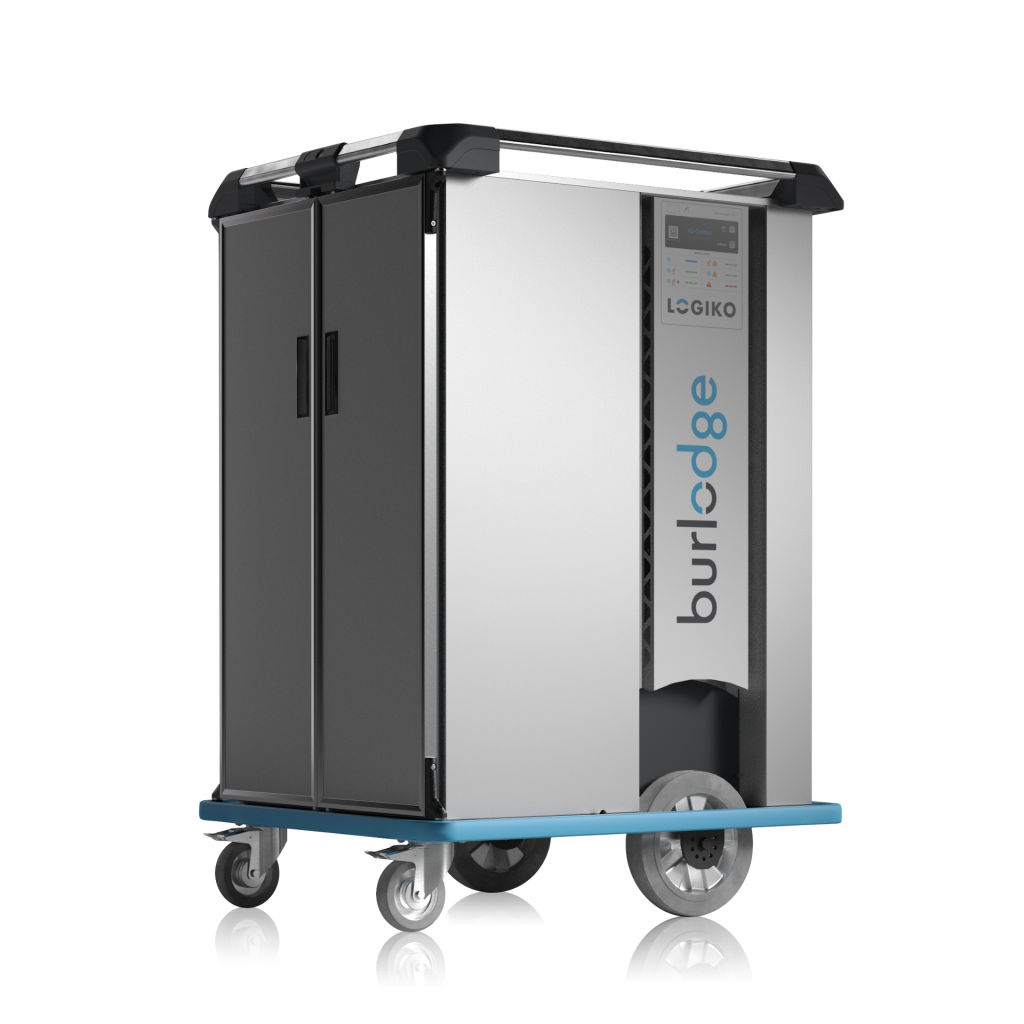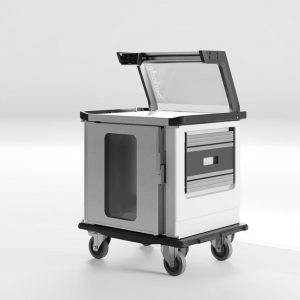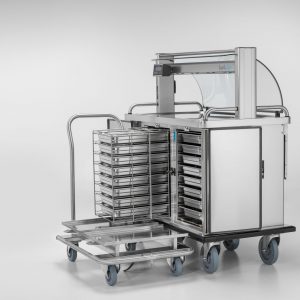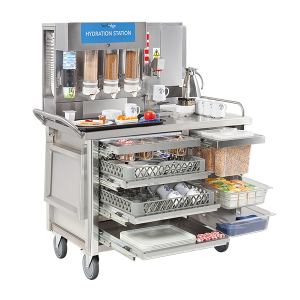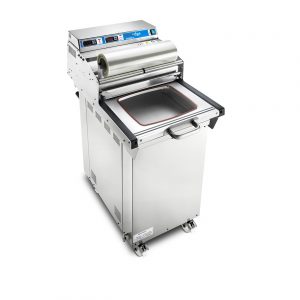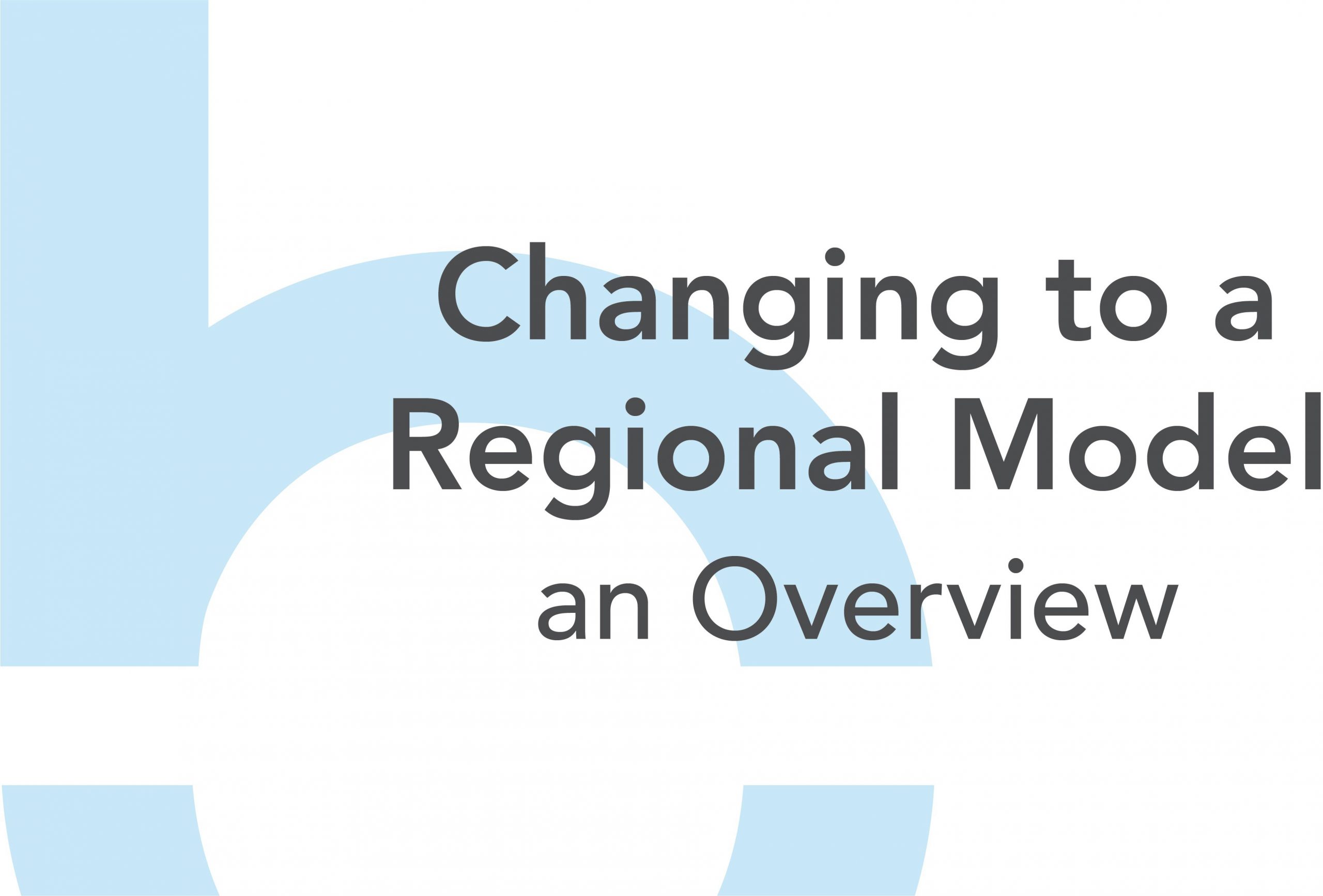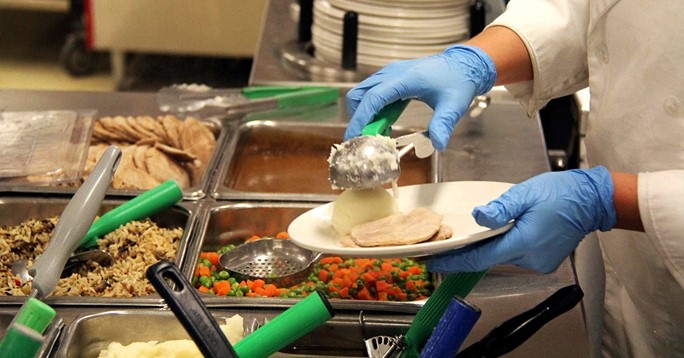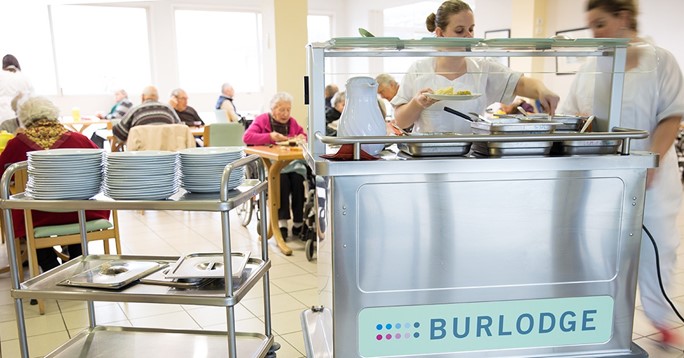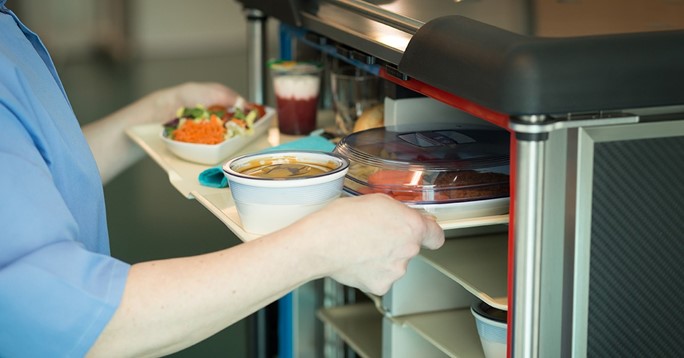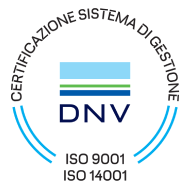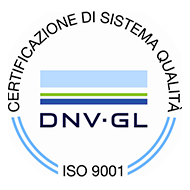Shifting to a Regional Food Service System
So, you’ve netted out at consolidating your food service system. Great way to reduce costs, right? At least the numbers suggest that. What’s not as clear are the challenges ahead, which are numerous. Planning and implementing a shared food service model is a big step – well, a bigger step than you may have banked on. There are many moving parts that need to be addressed, plus many contingencies that need to be put in place.
Rather than the Frequently Asked Question (FAQ), we’re proposing an SAQ – a Should Ask the Question section, because with so many moving parts that contribute to the
overall shift in services, you want to be sure that you implement a comprehensive game plan. And you might not have considered the many questions that should be addressed in these situations. To help smooth this move, we’ve added a few discussion points that will help you to strategize around this.
What responsibilities should be done in advance of making this transition?
Planning the internal communications and the external communications. Clear, consistent messaging is a must. Policies and procedures that reflect the new reality should be changed and ready to implement well in advance. Where is your staff training at? The program, the timing, the standards, the outcomes, the expectations – each facet demands attention.
How best to manage the change in menu planning?
This is an issue that can never be underestimated. The regional planning and diet compendium is fundamental to the success of this change. It requires a high level of direction well in advance of any shift in food service. Neglect the details of this issue and the program can quickly lose its way.
What contingencies should I prepare for?
Prioritizing is important, naturally. But you also need to laundry list the possible points of derailment, if only to understand the extent of possible issues. Weather, power outages, equipment failure, staff shortages. Sabotage? Yes, for real. What about unreliable partners
– are there outside resources that you’re counting on to make that move seamless? What happens if elevators break down? Do you have back-up carts prepared in case of breakdown? You get the idea – if it can go wrong, best to consider how you would respond in the moment. Plan, prepare, strategize, repeat.
How can I better prepare for the logistics and transportation requirements?
First off, the complexity of the logistics issue demands the expertise that knows how to plan for every eventuality. Same goes for the transportation requirements. Do NOT scrimp on this. Hiring an experienced firm is well worth the budget. A food manager may understand the extent of the shift, but they can’t be expected to singlehandedly manage an issue of this magnitude.
What measures can be taken to smooth the transition to operating in a much
larger facility?
Scaling up an operation is one thing. Space and facility planning requires expertise to make sure the day-to-day operational side of matters goes as planned. Knowing how much rolling stock is needed and the space to store it, for example. Where is it going, when, and so on. Are you ready to manage equipment breakdowns and the implications of what that means for handling the daily responsibilities?
How best to prepare when dietary requirements and menu planning are undergoing a major shift?
Given the regional model, issues around food safety require even more diligence and the implementation of innovative measures, best practices and HACCP compliant standards. Neglect these issues and you risk compromising quality and your reputation. How is bulk food going to be transported? Integrated transfer rack system? Stack and nest baskets? And what type of containers will be used? You must constantly run the various scenarios through your mind.
Any other key issues to address?
Invest time and resources in comprehensive staff training. This will pay significant dividends if done properly. Well in advance, management should map out the intended program, detail the timing of the effort, and clarify the standards, outcomes and expectations. The sooner you get buy-in from staff, the sooner everyone is pulling the same direction.
Expect the Miscellaneous…
Soiled holding at receptor sites. Integration of retail services. The fallout from poor construction planning. How will ward stocks and OT supplies be handled and who will pay? Have you factored in staffing needs for quality control, product development and menu testing? How will operations change once we have the systems in place? You get the idea – there is an ever-growing list that you need to stay on top of.
You can only plan so much and at some point, you have to execute. Posing the tough questions up front, learning from others and taking action now will go a long way to easing that transition and making sure that you’re prepared for whatever comes your way.

